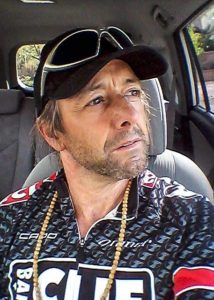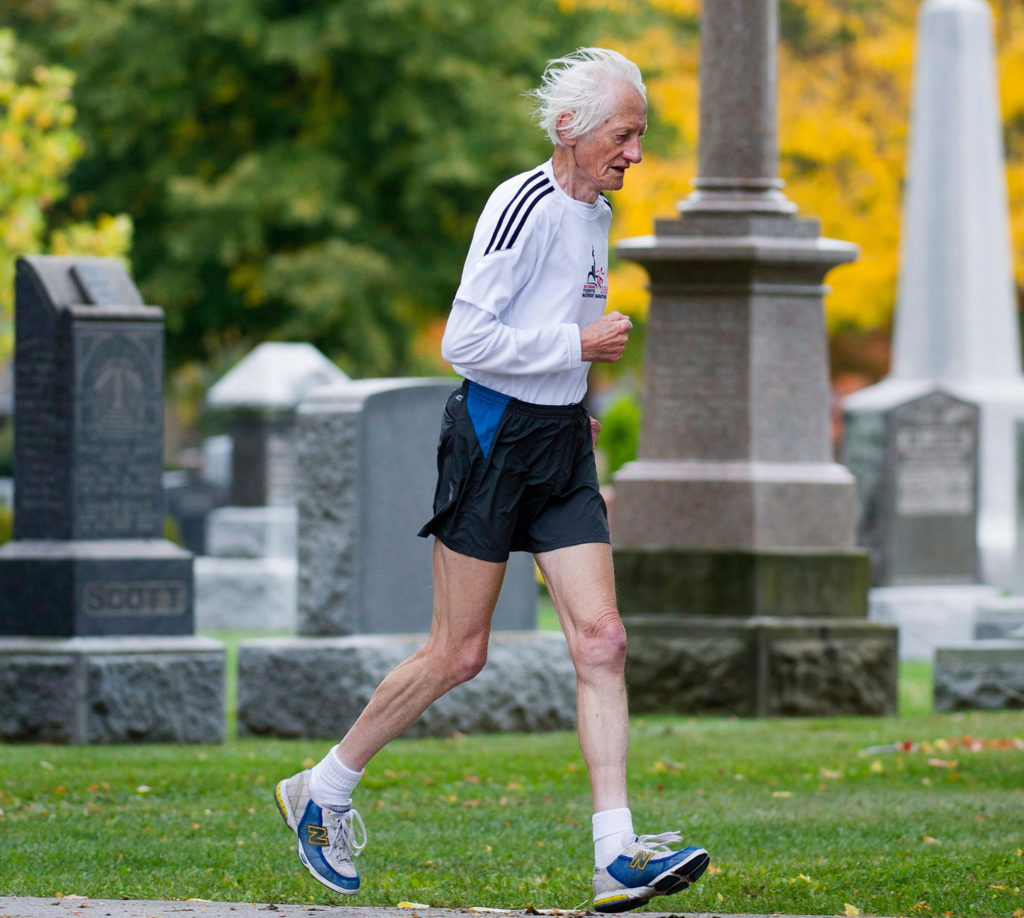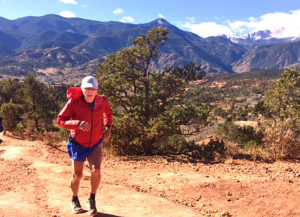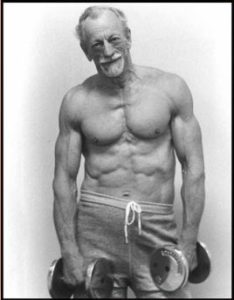
We swallow greedily any lie that flatters us, but we sip only little by little at a truth we find bitter.
Denis Diderot
It is so much more difficult to live with one’s body than with one’s soul. One’s body is so much more exacting: what it won’t have it won’t have, and nothing can make bitter into sweet.
D. H. Lawrence
I spent most of my youngest days growing up in Kansas. I remember little of my education there except the almost endless days of sitting at a tight wooden desk watching the window and what beckoned outside. I do remember one fall day that was dedicated to learning about our state and, while much seemed mundane and only marginally interesting, I was both fascinated and irritated by the state’s motto: Ad astra per aspera.
To the stars through difficulty. What a disappointment. As a motto it didn’t seem particularly inspiring, and why give difficulty such a prominent, assumed role in such an otherwise noble aspiration?
But then, of course, I grew up. Thinking back on that motto I have a new appreciation for not only its sentiments but for its unwavering truth. What I’ve wanted to achieve, whatever distant illumination I might have aspired to, resided across a chasm of difficulty.
I don’t want to belabor this personal disappointment. Many of you have understood it well before I and have had either the wisdom or stern discipline to do what I’ve too often rebelled at undertaking.
Which brings me oddly enough to exercise.
I’ve loved exercising, for sport and pleasure, but mostly for pleasure. I’ve loved long ambling runs on high mountain trails and bike rides that floated across endless plains.
But as I’ve aged those indulgences have come at a higher price. A two-hour run, when I can still attempt it, risks injury and necessitates days of recovery while long bike rides likewise demand a certain amount of preparation, to say nothing of long recovery naps.
The commitment and consistency and the volume of effort needed to sustain even a basic level of athleticism seems to be slipping farther away each day. I’m resigned to that fact, that difficulty.
Yet it seems that within this difficulty itself there is a partial and admittedly temporary solution. According to an increasing amount of research, most recently advanced by the esteemed Mayo Clinic, there is a way of still seeing the starlight. But as you may have suspected that view requires what many will be reluctant to provide.
I’m talking, as you probably guessed, about HIIT, which stands for high intensity interval training. Pronounced ‘hit’ this form of exercise strips activity of all its leisurely affections and lays bare what is required to slow down the processes of aging while dramatically improving physiology and athletic performance.
The rub? Well, it’s not much fun. In fact, it works in direct linear proportion to how willing you are to make it difficult, really difficult. Before you stop reading and hurry off in search of an easier prescription, let me just say there is some good news.
You can gradually increase the difficulty and I can attest with some hard won experience that your body, probably much like mine, is a crazy thing. After some acclimation, which is both wise and necessary, your body, if not your mind, may begin to actually crave this high-spirited if short-lived exuberance. Or, maybe it won’t.
But if you can cajole your body to try, and then tease it to stay with it, magic happens, or at least as close to legal athletic and age reversal magic as we can currently get.
Yesterday I talked with 36 year old Matthew Robinson PhD, an assistant professor of kinesiology at Oregon State University and a former Mayo Clinic researcher. As a Colorado State University undergrad he was a competitive mountain biker who became intrigued with what happens to muscles as they age. “I wanted to have a better understanding of how muscles change and what are some of the metabolic consequences of aging,” he told me.
Teaming up with noted Mayo endocrinologist K. Sreekumaran Nair M.D., PhD, he authored an acclaimed study that recently appeared in Cell Metabolism. You will no doubt be hearing a lot about their findings, which are already making waves in academic and athletic circles. (The New York Times finally woke up to this story after you read about it here first.)
While the gist of the study is fairly straightforward it’s their conclusions which require some parsing, particularly if you aren’t a bio-gerontologist or have a degree in biochemistry.
The researchers assembled 72 non-athletically trained adults and divided them into two age groups, a young group (18-30) and an older group (65-78) with a median age of 69. It’s this older group that we are, of course, most interested in.
Each group took part in one of three different exercise protocols for a 12-week period. One group did strength training with weights, another group did a combined strength-training and cycling regimen and the last group did high intensity cycling.
The high intensity cyclers only worked out for three days a week. After a warm-up they rode hard for four minutes and then had a three minute recovery. They did this four times for a total high-intensity workload of only 16 minutes per workout.
“I was most interested in how muscles renew themselves,” said Robinson. “One of the theories of muscle aging is that as muscles get older their proteins accumulate damage as part of normal cellular processes.” This damage he said is like rust on a car. The big question he wanted to answer is, can intense exercise figuratively remove some of this rust and improve the protein turnover process?
The short answer is yes. But what was most surprising is how much the older group improved and the significance of those improvements. “What was most striking was how robustly the older group responded to the exercise interventions,” said Robinson. Improvements were seen across the board with all three exercise protocols but the high intensity exercisers saw the greatest benefits by far. “We anticipated they would have gains but we thought it would be a blunted response,” he said. Instead the older exercisers had similar gains in a number of variables, mirroring those experienced by the younger people.
This study, as have others, demonstrated that muscles continue to adapt well to exercise. What this study demonstrated is that this improvement can be tied to ribosomal protein enhancement leading to strengthened mitochondrial function. I didn’t understand the significance of that until Robinson explained, “Mitochondia are important contributors to supplying muscular energy. They play an important role in aerobic performance.” Our mitochondria lose their robustness as we age and this loss of functioning contribute to a lack of strength and athletic performance.
In essence, what was discovered is that this kind of training provokes a strong anti-aging response. Consider that for a moment. There are currently no valid, clinically proven anti-aging compounds that you can safely take. None that I’m aware of. But by undertaking a high intensity exercise program you can literally turn back the clock on a number of core metabolic functions.
The older exercisers improved functioning in these areas by 69 percent. According to Robinson this put them, by the end of the study, at the same level as were the 18-30-year olds before they began exercising. “The exercise training was able to normalize mitochondrial function to a younger age. These exercises increased the body’s machinery for making new proteins. And this is very beneficial for aging,” he said. You should also note that the less vigorous exercisers demonstrated far fewer benefits.
Now here’s a scary bit of news. A control group, which did no exercise for 12 weeks was also monitored and the testing was done with such a high degree of clinical accuracy that they could measure how this group had aged during that time. So the saying, use it or lose it, was quite literally true.
The older groups also increased lean muscle mass by nearly a kilogram (2.2 pounds) over this short time period, which is also significant because as you know we start losing muscle mass in our 30s, a process called sarcopenia that accelerates as we age. The gain in muscle was “quite remarkable” according to Robinson.
According to Dr. Nair, combining HIIT training with two or three days of strength training may be an ideal way to slow down the effects of aging.
Coach and author Joe Friel, in his book Fast after 50: How to Race Strong for the Rest of Your Life, offers similar prescriptions and cites a number of older athletes who have maintained stellar levels of performance, to say nothing of V02max, by incorporating interval training.
What this study does is really two fold. It points to some of the most vital metabolic processes that govern aging and limit athletic performance. It furthers demonstrates how they are affected by intense exercise and it suggests that as athletes we can benefit by increasing our dosage.
The concern, for me and my older friends, is that such intensity may lead to injury. “It’s true that as intensity increases the risk of injury goes up,” says Robinson, “so you really need to consult with your physician before undertaking anything like this.” It’s telling, however, that none of the study participants, who all eased into the training, suffered any injuries. And while intensity is going up, volume, or the amount of total time spent exercising dramatically goes down. That’s where my friends, who not only enjoy being fit, but crave being out for an extended period of time, could get into trouble.
One last thing: The HIIT group saw significant improvements in insulin sensitivity, which could lower diabetes risk and help facilitate weight loss.
So I wonder, if they could create a pill that would do away with the difficulty, would you take it?
Look for new posts every Saturday.
To make sure you don’t miss a podcast or post please consider entering your email address.
 He’s not an ordinary athlete. When Outside magazine featured Steve Ilg on their cover in May of 1992 he became both famous and infamous. The cover, as Ilg laughingly admits, was later voted by readers as one of Outside magazine’s least favorites. Maybe it was the finely coiffed mullet he sported or the cover’s brash title, claiming he could break you. Maybe it was the unsettling look of serene confidence on his face.
He’s not an ordinary athlete. When Outside magazine featured Steve Ilg on their cover in May of 1992 he became both famous and infamous. The cover, as Ilg laughingly admits, was later voted by readers as one of Outside magazine’s least favorites. Maybe it was the finely coiffed mullet he sported or the cover’s brash title, claiming he could break you. Maybe it was the unsettling look of serene confidence on his face.






Thanks for the great article